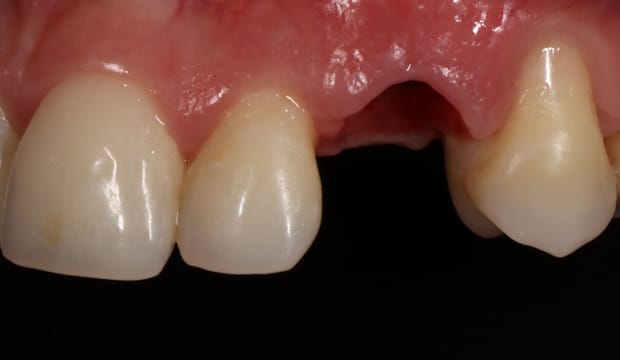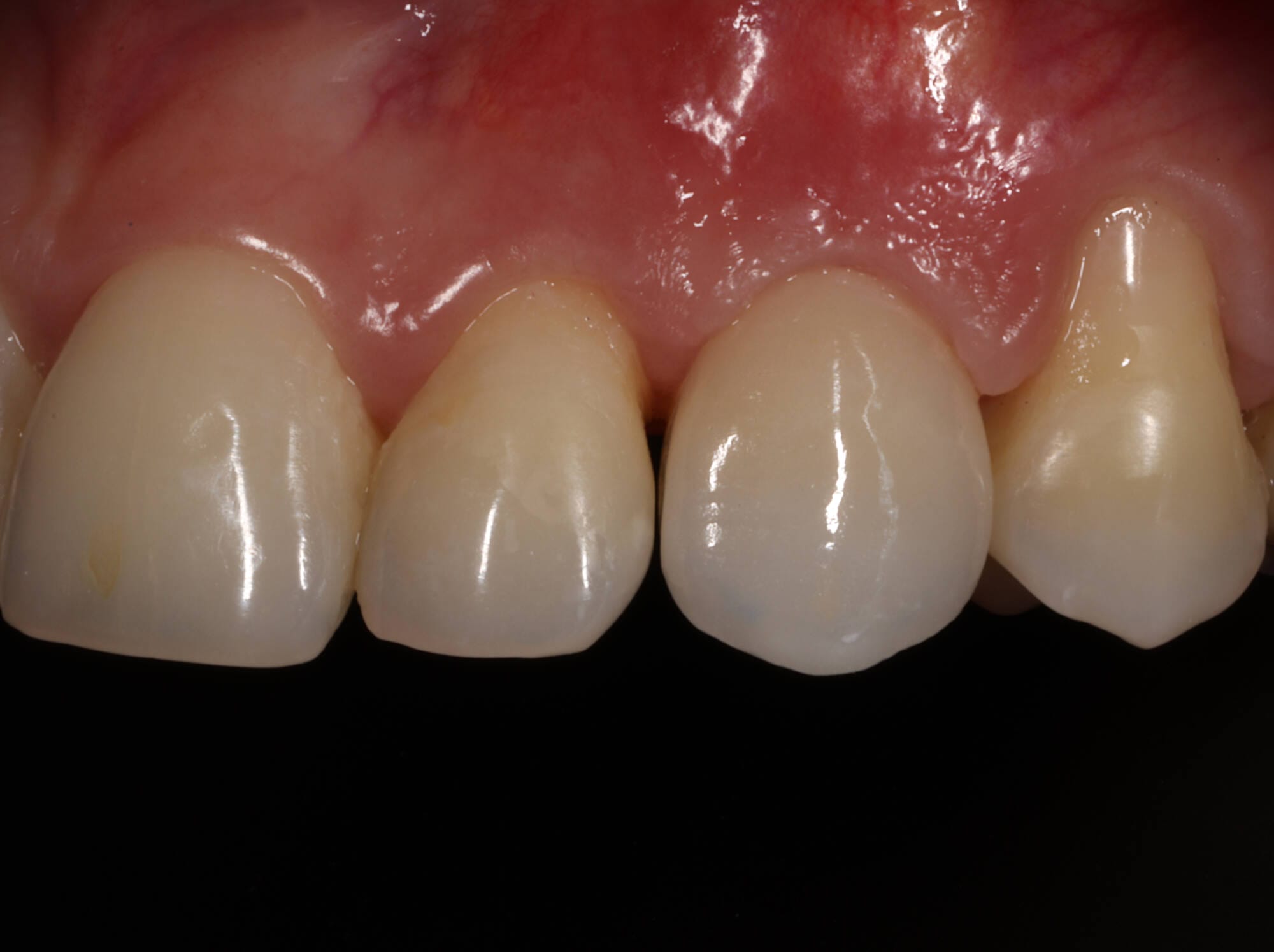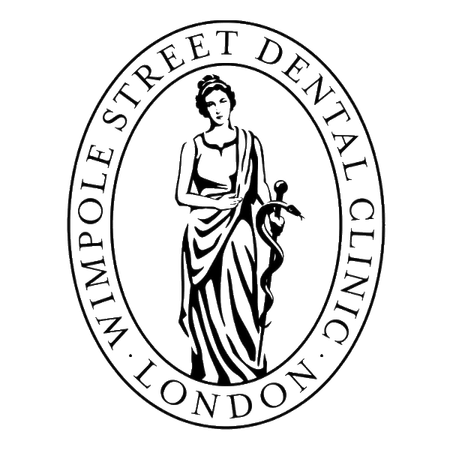
BEFORE

AFTER
Treatment undertaken:
In this case, a missing upper left canine was restored over the course of five appointments:
- Implant planning and guide production: The implant was carefully planned, and a guide was produced for accurate placement.
- Guided implant placement: The dentist performed the implant placement along with bone augmentation and a connective tissue graft, followed by fitting a temporary crown.
- Suture removal: Sutures were removed once healing had progressed.
- Final restoration scan: A scan was taken to prepare the final restoration.
- Placement of final restoration: The final restoration was placed, completing the treatment.
Invalid date
Wimpole St Dental Clinic has strict sourcing guidelines and relies on peer-reviewed studies, academic research institutions, and medical associations. We avoid using tertiary references. You can learn more about how we ensure our content is accurate and current by reading our editorial policy.







